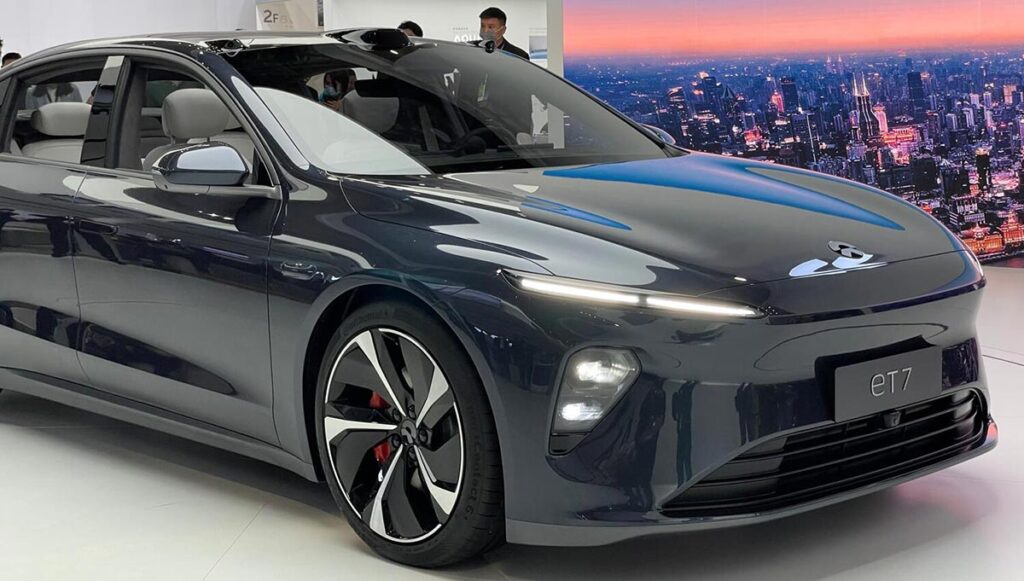At the end of January, NOP+ reached 651,640 kilometers of urban road coverage in 606 cities.

(Image credit: CnEVPost)
Nio (NYSE: NIO) is accelerating the coverage of its ADAS (Advanced Driver Assistance System) capabilities on urban roads in China, doubling the number of kilometers covered last month.
As of the end of January, NOP+ (Navigate on Pilot Plus) had 651,640 kilometers of coverage on urban roads, excluding urban expressways, Nio’s vice president of intelligent driving research and development, Ren Shaoqing, announced on February 1.
This means that NOP+ coverage of urban roads increased by 103.75 percent, or 331,819 kilometers, from the end of December, considering that the figure stood at 319,821 kilometers at the end of December.
At the end of January, the number of cities covered by NOP+ reached 606, an increase of 398 from 208 at the end of December.
So far, NOP+ has begun to cover all cities in China’s 34 first-tier administrative regions, except Hong Kong, Macau and Taiwan, Ren said.

If highways and urban expressways are added, NOP+ has covered more than 1 million kilometers, Ren said.
Nio uses a different approach to statistics when announcing the coverage of its ADAS feature than its other major peers, most of whom only announce the number of cities covered without mentioning the exact mileage.
As of now, NOP+ covers 99 percent of the cities where vehicles with the Banyan system are located, Ren said in a post published on the Nio App.
Banyan is the system used in Nio’s NT 2.0-based models, and its older NT 1.0-based models use a system called Aspen.
For some areas where Nio vehicles have a large presence, NOP+ is close to full coverage, Ren said.
In Shanghai, for example, NOP+ has reached 99.2 percent coverage of the city’s main roads, and 93 percent coverage of the entire roads, according to Ren.
In other cities with high Nio vehicle ownership, such as Beijing, Zhengzhou, Chengdu, and Suzhou, there is also a trend of such ultra-high density coverage, he said.
Over the past two months, more than 600 pioneering users have participated in 8 NOP+ version iterations with Nio, accelerating the evolution of the product experience, said Ren.
Nio kicked off recruitment for the first round of NOP+ user experience on urban roads on February 1, and expects to open a second round of recruitment in early March, he said.
“We will aim to make NOP+ pilot assist in urban areas available to all Banyan intelligent system users in the second quarter of this year,” Ren said.
Nio’s NOP+ driver assistance software comes out of beta, starts accepting subscriptions

